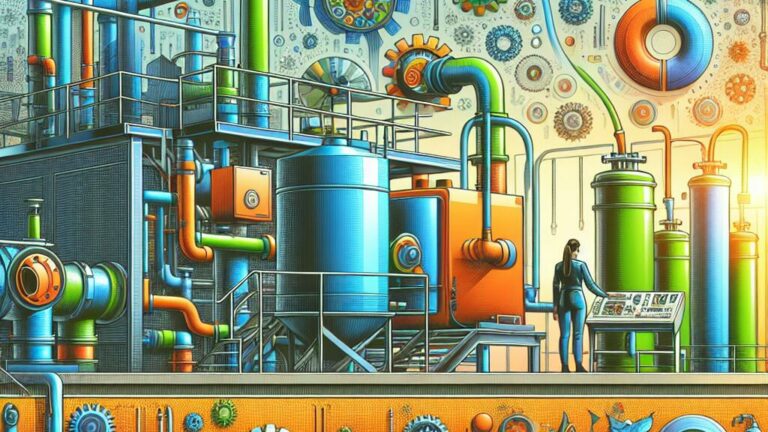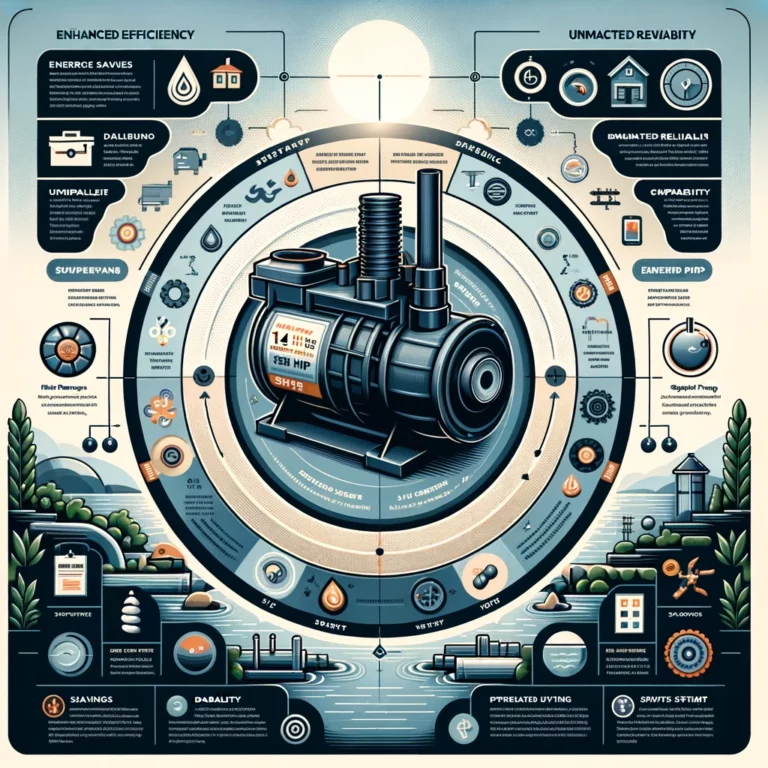Understanding the Technology Behind Submersible Septic Pumps
Septic systems play a crucial role in managing waste for homes that are not connected to a municipal sewer system. One of the essential components of these systems is the submersible septic pump. As a Septic pump technician, I often encounter homeowners who are curious about how these pumps work and why they are so important. In this article, we’ll delve into the technology behind submersible septic pumps, shedding light on their design, functionality, and benefits.
What is a Submersible Septic Pump?
A submersible septic pump is a type of pump designed to operate underwater. Unlike other pumps that are placed above the ground, these pumps are submerged in the septic tank or sump pit. They are used to move wastewater and solids from the septic tank to the drainage field or a holding tank. Their ability to function underwater makes them highly efficient for handling waste.
How Do Submersible Septic Pumps Work?
The working mechanism of submersible septic pumps is fascinating. These pumps are equipped with a motor that is hermetically sealed to prevent water from entering. When wastewater reaches a certain level in the tank, a float switch activates the pump. The engine then powers an impeller, which creates a centrifugal force, pushing the wastewater through the pump and out into the drainage system.
Critical Components of Submersible Septic Pumps
Understanding the critical components of submersible septic pumps can help you appreciate their engineering and functionality. Here are the primary parts:
- Pump Motor: The heart of the pump is designed to operate underwater without short-circuiting.
- Impeller: A rotating part that moves water by centrifugal force.
- Float Switch: A device that activates the pump when the water level reaches a certain point.
- Pump Housing: The outer shell that encases the motor and other components, protecting them from debris and damage.
- Discharge Pipe: The pathway through which wastewater exits the pump and moves towards the drainage field.
Advantages of Submersible Septic Pumps
Submersible septic pumps offer several advantages that make them a popular choice for septic systems:
- Efficiency: Their underwater operation ensures that they can handle large volumes of wastewater efficiently.
- Quiet Operation: Being submerged, they operate quietly, reducing noise pollution.
- Durability: Built to withstand harsh environments, they have a longer lifespan compared to other types of pumps.
- Space-Saving: Submersible pumps do not require additional space above ground, making them ideal for properties with limited space.
Maintenance Tips for Submersible Septic Pumps
Regular maintenance is crucial to ensure the longevity and optimal performance of your submersible septic pump. Here are some tips:
- Regular Inspections: Check the pump and its components regularly for any signs of wear or damage.
- Cleaning: Keep the pump and the septic tank clean to prevent clogs and buildup.
- Professional Servicing: Schedule annual maintenance with a professional to inspect and service the pump.
- Float Switch Checks: Ensure the float switch is functioning correctly to avoid pump failure.
Common Problems and Solutions
Even with regular maintenance, submersible septic pumps can encounter issues. Here are some common problems and their solutions:
- Pump Failure: If the pump fails to operate, check the float switch and electrical connections. If the problem persists, it may require professional repair.
- Clogging: Debris can clog the pump, reducing its efficiency. Regular cleaning can prevent this.
- Noise: Unusual noises may indicate a problem with the impeller or motor. Professional inspection is recommended.
For homeowners with septic systems, understanding the technology behind submersible septic pumps can save time and money in the long run. These pumps are designed for efficiency and durability, making them an excellent investment for properties not connected to municipal sewers. Regular maintenance and professional servicing ensure that these pumps operate optimally, providing reliable waste management solutions. Keywords like submersible septic pump maintenance, septic system efficiency, and septic pump troubleshooting are vital for keeping your system in top shape.
Conclusion
In conclusion, submersible septic pumps are a critical component of septic systems, offering efficient and reliable waste management. By understanding their technology, components, and maintenance needs, homeowners can ensure their septic systems function smoothly. Regular inspections and professional servicing can prevent common issues, extending the lifespan of the pump. For those dealing with waste management challenges, investing in a quality submersible septic pump is a wise decision. If you have any questions or need professional assistance, feel free to contact us at SepticPumps. We are here to help you keep your septic system running efficiently.


